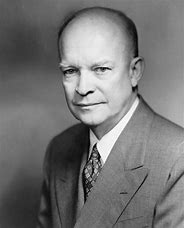EisenHower Matrix
It is a time management tool that helps you prioritize tasks based on their urgency and importance.
It was popularized by Dwight D. Eisenhower,the 34th President of the United States,
who was known for his effective time management skills.
The matrix is divided into four quadrants,
each representing a different combination of urgency and importance:
- Quadrant 1: Urgent and Important (Do First)
Tasks:These are tasks that require immediate attention and have significant consequences if not completed promptly. Examples include crises, deadlines, and pressing problems.
Actions:These tasks should be your top priority. Focus on completing them as soon as possible. - Quadrant 2: Not Urgent but Important (Schedule)
Tasks:These are important tasks that contribute to your long-term goals but do not require immediate action.Examples include planning, personal development, relationship building, and strategic work.
Actions:Schedule these tasks in your calendar and dedicate time to them. By focusing on these tasks, you can prevent them from becoming urgent in the future. - Quadrant 3: Urgent but Not Important (Delegate)
TasksThese tasks demand immediate attention but do not significantly contribute to your long-term goals. Examples include interruptions, meetings, and tasks that others can do.
Action: Delegate these tasks to others whenever possible. If you can't delegate, try to minimize the time spent on them. - Quadrant 4: Not Urgent and Not Important (Eliminate)
TasksThese are time-wasting activities that neither contribute to your goals nor require immediate attention. Examples include trivial activities, excessive entertainment, and unnecessary tasks.
ActionsEliminate these tasks from your schedule as much as possible. They do not add value to your productivity or well-being.
